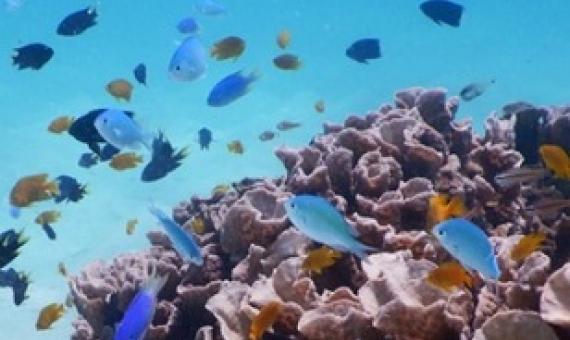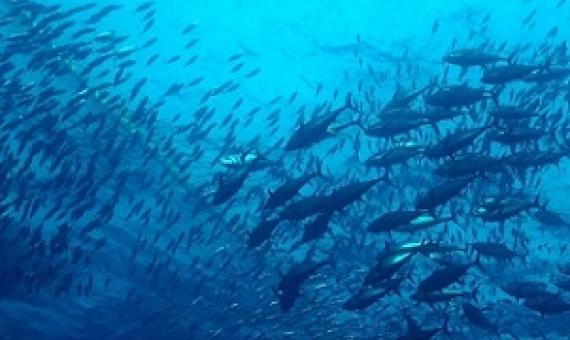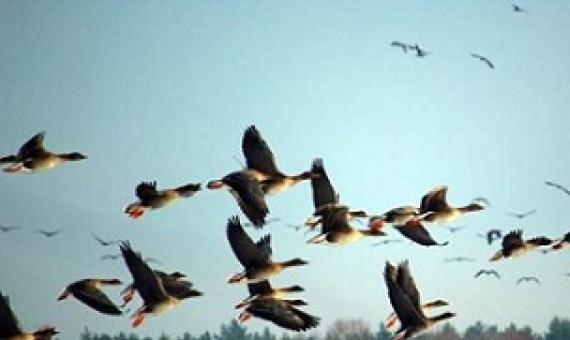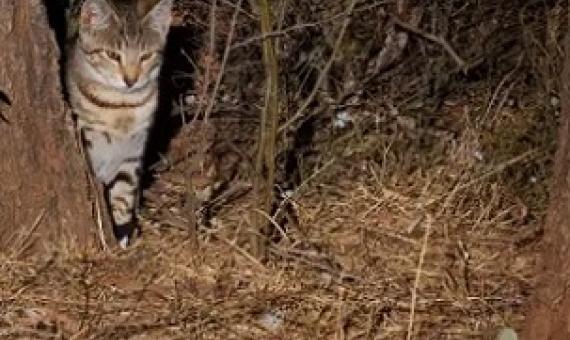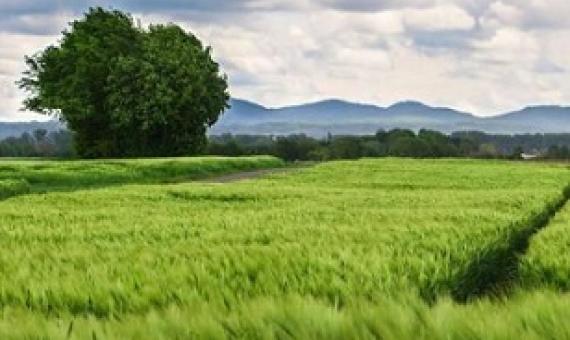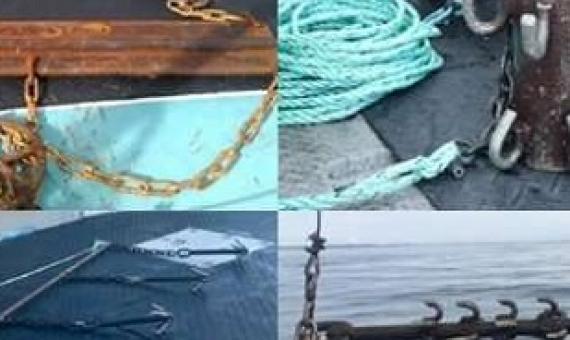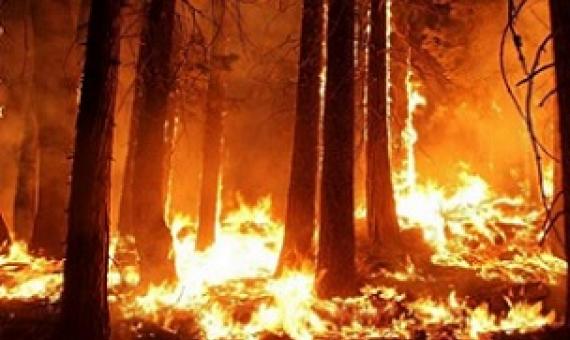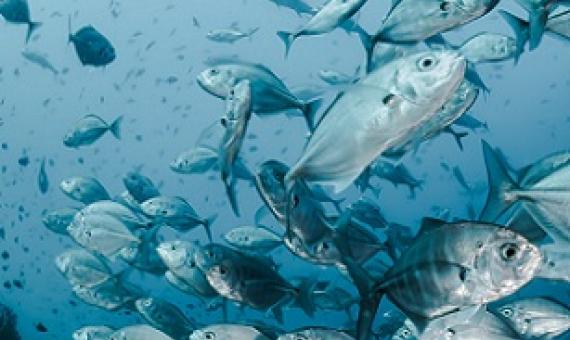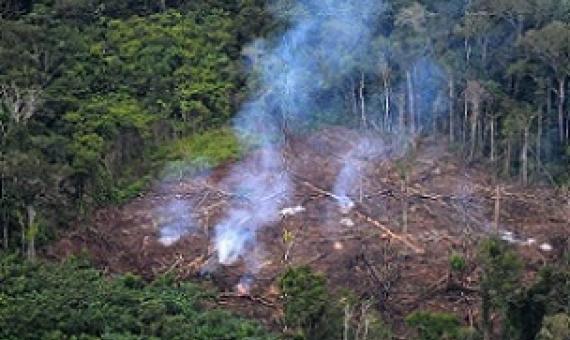A new study raises questions on whether current conservation science and policy for protected areas could be saving more biodiversity—with political and economic expediency often having taken precedence in the past.
High greenhouse gas emissions will drastically alter distribution of key tuna species.
Federal and state mandates to conserve 30% of the nation's lands and waters by 2030 are intended to protect biodiversity. But do protected areas actually work?
Invasive plants, animals and diseases have cost Australia at least $390bn in damages and management costs over the past 60 years, according to research that has painted the most accurate picture yet of the economic burden of these invaders.
Is organic farming the only alternative to conventional agriculture to promote biodiversity in agricultural landscapes? An international research team led by the University of Göttingen questions this.
Southwest Nova Scotia is one of Canada's most productive lobster fishing region, spanning more than 21,000 square kilometers and contributing a significant portion of the country's lobster supply.
The disruption of Indigenous-controlled fire use at the onset of colonization has resulted in high-severity fire activity, according to a new study by a research team at the University of Waterloo.
If you're a tree, country life is much easier than city living. Rural trees—which can live long, productive lives of sometimes more than 100 years—draw on vast resources of an extensive forest network of nearby trees.
Big fish are harder to find in areas sprawling with human activity, unless you're looking in no-take marine reserves, according to a new study led by marine scientists at The University of Western Australia.
The global economy's business-as-usual approach to climate change has seen Earth's "vital signs" deteriorate to record levels, an influential group of scientists said Wednesday, warning that several climate tipping points were now imminent.

